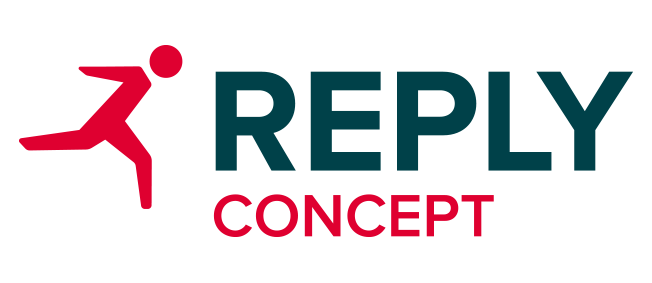A journey to digital accessibility
Enhancing the accessibility of digital channels for a leading European bank to comply with global standards, improve user inclusivity and spread culture of accessibility.
#Analysis and Assessment
#Digital Accessibility
#Design
)
the challenge
To elevate the accessibility of digital channels to meet WCAG standards, addressing non-compliance issues and ensuring universal usability.
SCENARIO
Commitment to an inclusive digital experience
In recent years, regulatory frameworks have emerged, prompting companies to ensure that their digital platforms are accessible to all users. This has led businesses to adjust their online offerings to comply with the Web Content Accessibility Guidelines (WCAG), reflecting both regulatory compliance obligations and a desire to improve accessibility for all users.
In response, a leading European bank embarked on a strategic initiative to enhance the accessibility of its digital interfaces, including web, mobile platforms and internal communication channels. By collaborating with specialists from Reply, the bank aimed to engineer a cohesive and inclusive digital environment for both its customers and employees.
)
the solution
A multifaceted approach to digital accessibility
The mission to improve digital accessibility took a holistic approach, driven by the collaborative efforts across different Reply teams.
Concept Reply dedicated its efforts to conducting detailed assessments, including User Acceptance Testing (UAT) and gap analysis; our experts identified and evaluated accessibility barriers thanks to an accessibility testing solution powered by Generative AI, and by working closely with the client's internal Disability Management structures through the involvement of real users within the bank.
Bitmama Reply took the lead on design, leveraging their specialised knowledge in accessibility to ensure user-friendly and inclusive design.
Meanwhile, Technology Reply applied its expertise in front-end development to implement these inclusive design principles effectively. This unified strategy addressed not only immediate needs for compliance with the Web Content Accessibility Guidelines (WCAG) but also established a foundation for ongoing improvements, planning to involve new channels and portals being used within the banking institution.
KEY INTERVENTION AREAS
Tackling accessibility challenges
Throughout the project, the team encountered a variety of accessibility issues that highlighted the need for comprehensive enhancements across digital platforms. Examples of these challenges included:
Web responsiveness
Efforts were focused on expanding compatibility across a wider range of devices, simplifying UI/UX navigation, and recalculating workflows to ensure a seamless experience on any device.
Colour and contrast
Adjustments were made to accommodate users with visual impairments, ensuring that all users could easily distinguish text and graphical elements through enhanced colour schemes and contrast ratios.
Keyboard navigation
Improvements were implemented to enable smooth navigation using both keyboards and cursors, removing barriers that previously hindered access for users unable to use a mouse.
Assistive technologies compatibility
Enhancements were made to improve compatibility with assistive tools, notably screen readers. By improving functionality and integrating ARIA (Accessible Rich Internet Applications) attributes for a clearer web structure, these changes notably enhanced accessibility for users of assistive technologies.
)

